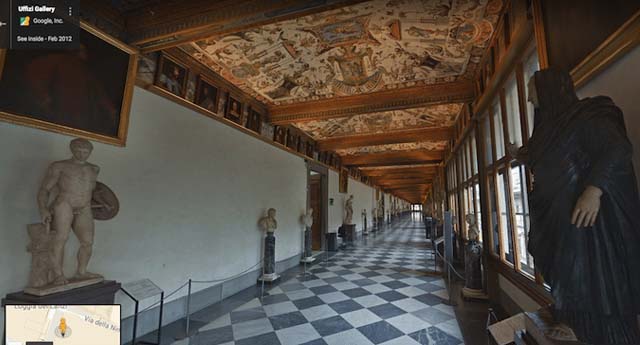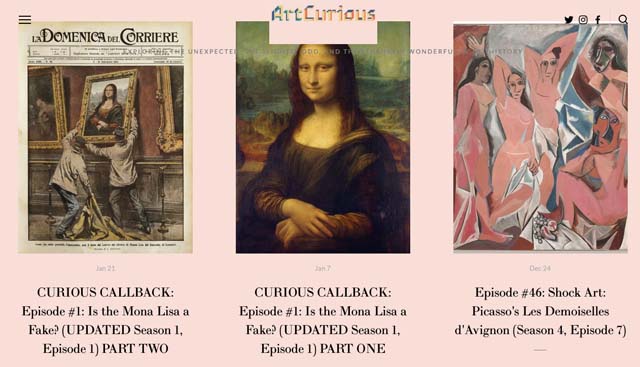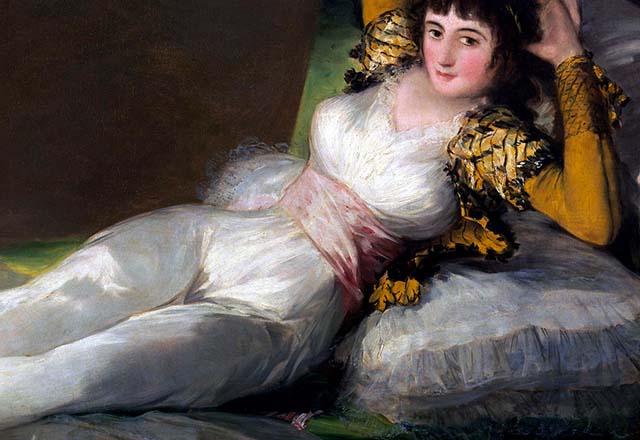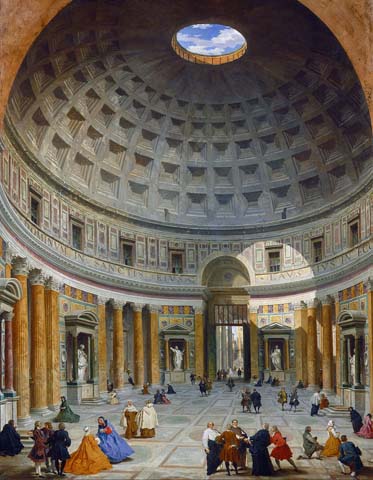
This is a post reprised from the
Studentessa Matta Dual Langauge Italian Blog.
To read the post in Italian Click this link
Back in the day, to expand your horizons and see great works of art, you had to travel great distances to find them. It was called “The Grand Tour” — and no I’m not talking about Jeremy Clarkson’s British motoring television program.
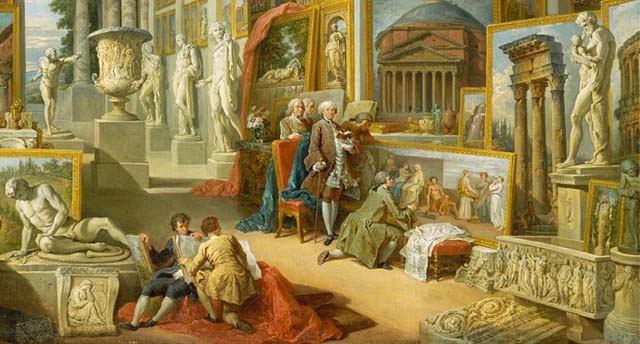
I am speaking of the European Grand Tour which refers to the fashionable trend undertaken by well-to-do folks and aspiring upper-class artists back in the 17th and 18th centuries. Mostly men, but also a few women of sufficient means, partook of this opportunity to visit Italy. Generally, they made their way across the European continent passing through Paris, Vienna, and Venice. Travelers then moved further into the heart of Italy—to Florence—with the specific intent of seeing Brunelleschi’s Cupola and the rare paintings and treasures collected by the Medici family before moving on to Rome to be then captivated by ruins at midnight in the forum and Michelangelo masterpieces in the Vatican.
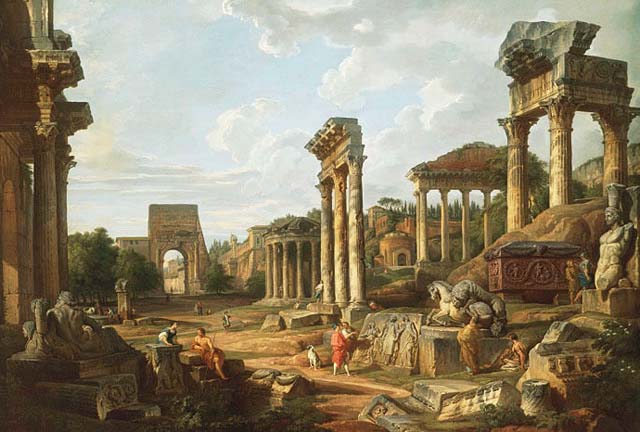
The Grand Tour was considered a standard itinerary and was thought to be a right of passage and could last anywhere from several months to several years. It wasn’t a religious pilgrimage nor a particularly scholarly one. With its opportunities to study the ruins of ancient antiquity, as well as the works of the Old Master, the Grand Tour was taken by young painters and sculptors not only from Britain but America as well – to experience artistic techniques at first hand: not least because most of the best art museums did not appear until the mid-19th century. The Uffizi Gallery, Florence (opened 1765); the Vatican Museums (opened 1769-1774); and the Louvre (opened 1793) were some of the few galleries on the Grand Tour circuit.
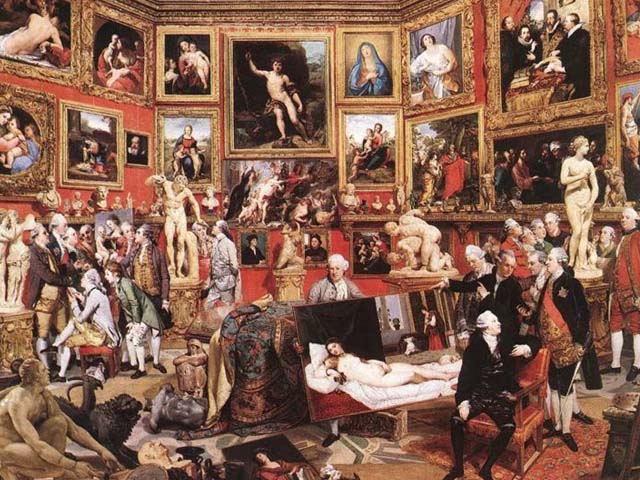
The first person to coin the term “Grand Tour” was an Englishman by the name of Richard Lassels in his book “The voyage of Italy” in 1670. As a cultural tradition, this form of tourism and sightseeing became ever more popular after the Peace of Munster in 1648, which concluded the Thirty Years’ War. In 1776, the Scottish economist Adam Smith declared that the poor standing of British universities had made the Grand Tour an essential part of an upper-class education.
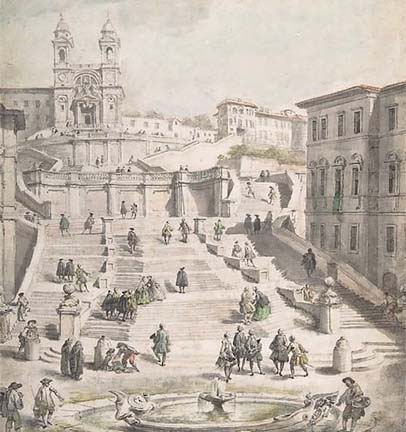
With the waves of tourists to Italy in the seventeenth century came the need for souvenirs. The well-to-do visitors often returned with crates of Italian antiquities, bronze and marble sculptures, and antique relics of every type. With the Grand Tour, the painting of Italian cities became a big business: ‘Views’ with or without the clients present (the day’s pre-photographic ‘selfie’) was a Grand Tourist’s must-have. Artists such as Claude Lorrain, Giovanni Paolo Panini, Agostino Tassi, and Canaletto in Venice, produced cityscapes, along with landscapes and seascapes to commemorate the Grand Tour experience for the visitor.
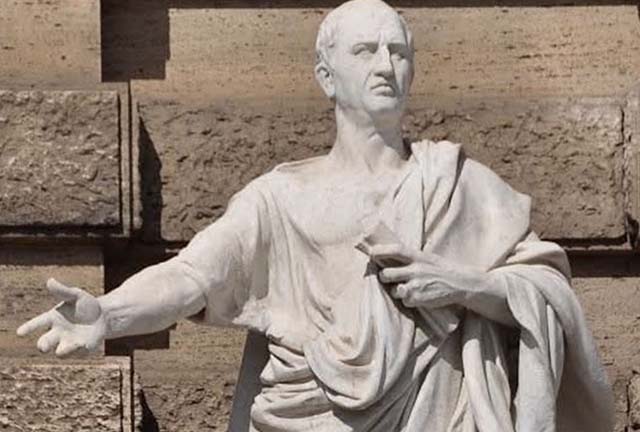
Young adventurers and old alike often hired a “Cicerone” or knowledgeable guide or tutor to show them around. I love the word “Cicerone,” which is the term used in Italian to denote a guide and derives from Marcus Tullius Cicero, who was a great Roman statesman and orator.
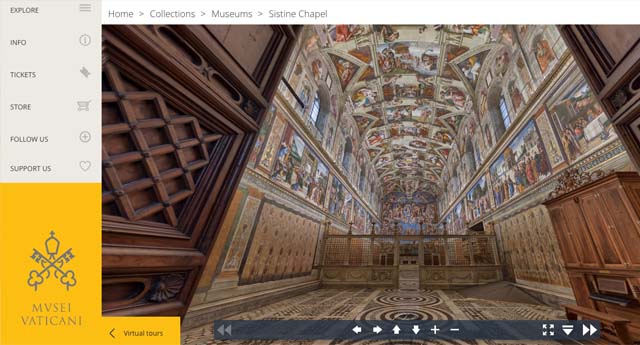
Today, while tourism flourishes and people still flock to Italy to make “The Grand Tour”—visiting museums and wandering foreign cities in search of art and culture—it is also much easier to discover the art of the masters from the ease of your desk chair and the click of a mouse. There are so many museum websites that offer up virtual tours, from the Vatican to the Uffizi. In fact, just today, up popped on my Twitter feed a Virtual tour of the Uffizi Galleries in Florence, which I intend to check out more thoroughly later this afternoon.
Other forms of “Cicerone” or guides into the world of art can also be found in Art History podcasts. Again, earlier this week, I stumbled into the podcast curated and written by Jennifer Dasal called “Art Curious.” I am enjoying listening to Dasal as she delivers consistently entertaining podcasts that take her listeners deeper into the fascinating world of Art History. She is a gifted storyteller. Being an Art Historian myself, it is fabulous to find a podcast that speaks to my specific interests and great fun to visit all my “old friends” in the art world from the ancient greeks to Dada art and everything in between!
While I heartily recommend that you take a “Grand Tour” and travel to Europe to discover exceptional works of art in person… in the meantime, it isn’t such a bad thing to take a “Virtual Grand Tour.” It is almost as effective in opening up the world of art to those of us who suffer from wanderlust and want to delve deeper into art!
